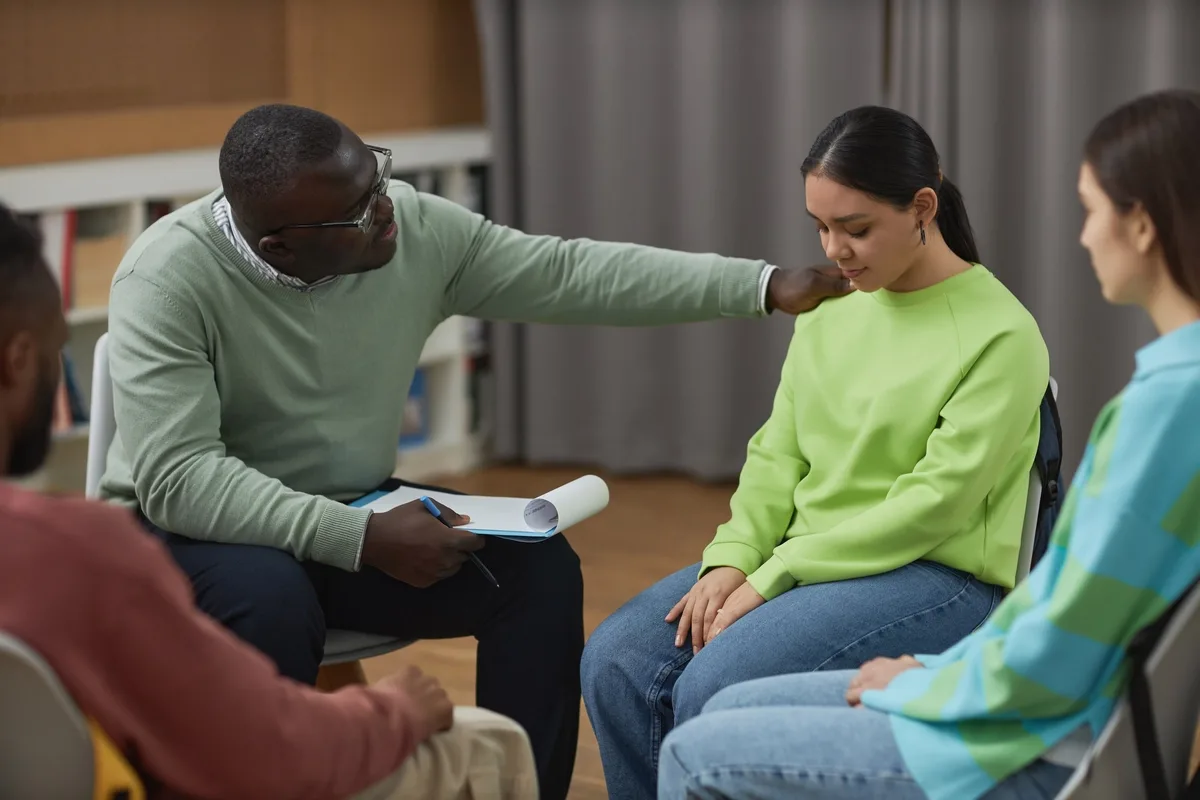24/7 Helpline:
(866) 899-221924/7 Helpline:
(866) 899-2219
Learn more about Cocaine Rehab centers in Austin
Cocaine Rehab in Other Cities

Other Insurance Options

Ambetter

ComPsych

American Behavioral

State Farm

Medical Mutual of Ohio

Sliding scale payment assistance

Humana

Coventry Health Care

Horizon Healthcare Service

Excellus

Carleon

Holman Group

Anthem

Regence

Magellan

MHNNet Behavioral Health

Health Partners

Optum

Magellan Health

Access to Recovery (ATR) Voucher















